In the summer of 1917 two young cousins, Frances Griffiths and Elsie Wright, were playing by a beck in Cottingley. They said they were playing with fairies, and to prove it they borrowed a camera and snapped two photographs.
In 1920 these photographs were noticed by Edward Gardner, head of the Theosophical Society in London, as well as Sir Arthur Conan Doyle, famous author of the ‘Sherlock Holmes’ series. Both supported the photographs as evidence of the existence of fairies. For Doyle the images were “epoch-making” because they proved the existence of a fairy world, or at least that there was something “other”.
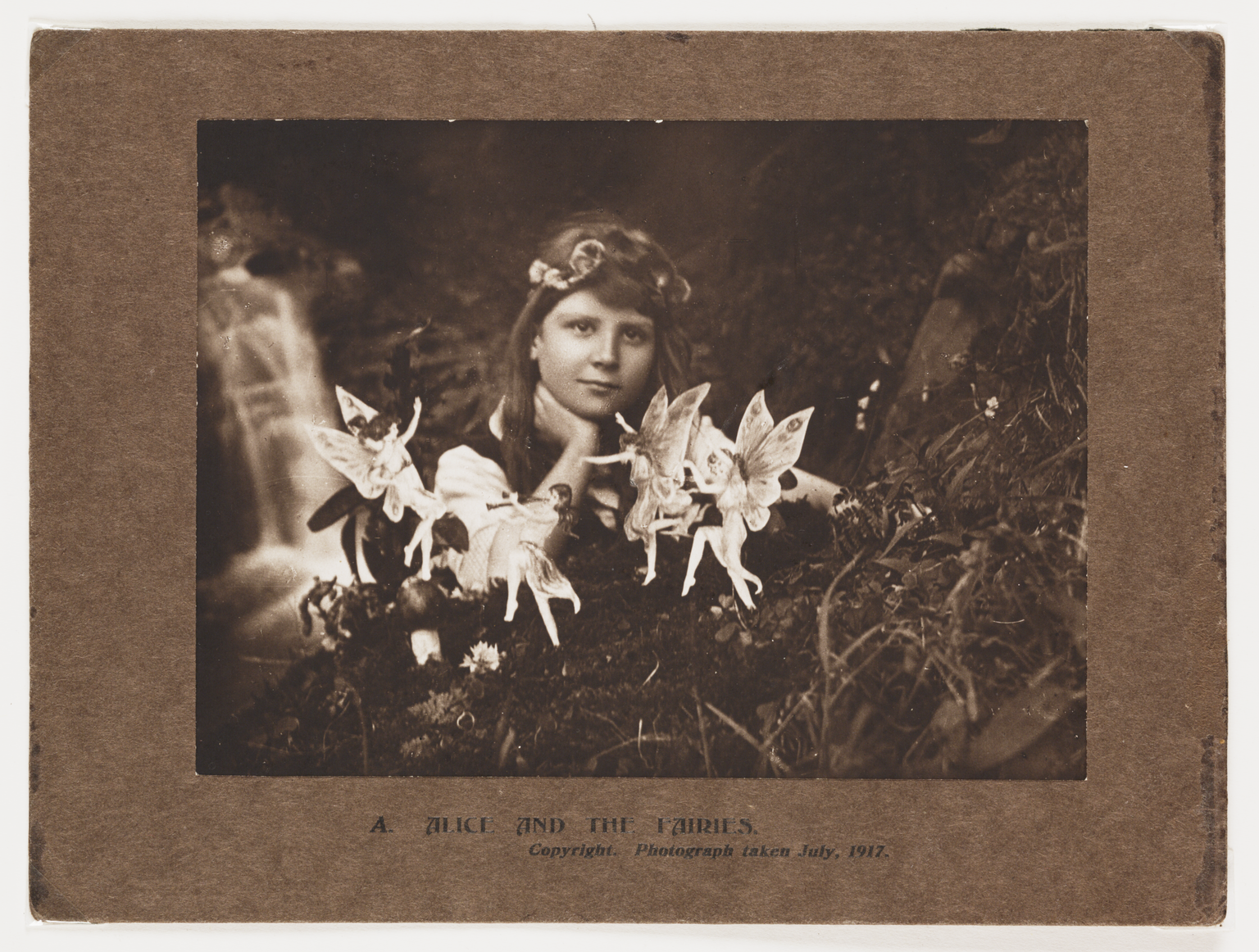
Together, they published two articles in the Strand Magazine and encouraged Elsie and Frances to take three more photographs. With the backing of such influential figures, the photographs became known worldwide and sparked debate for the next 60 years.
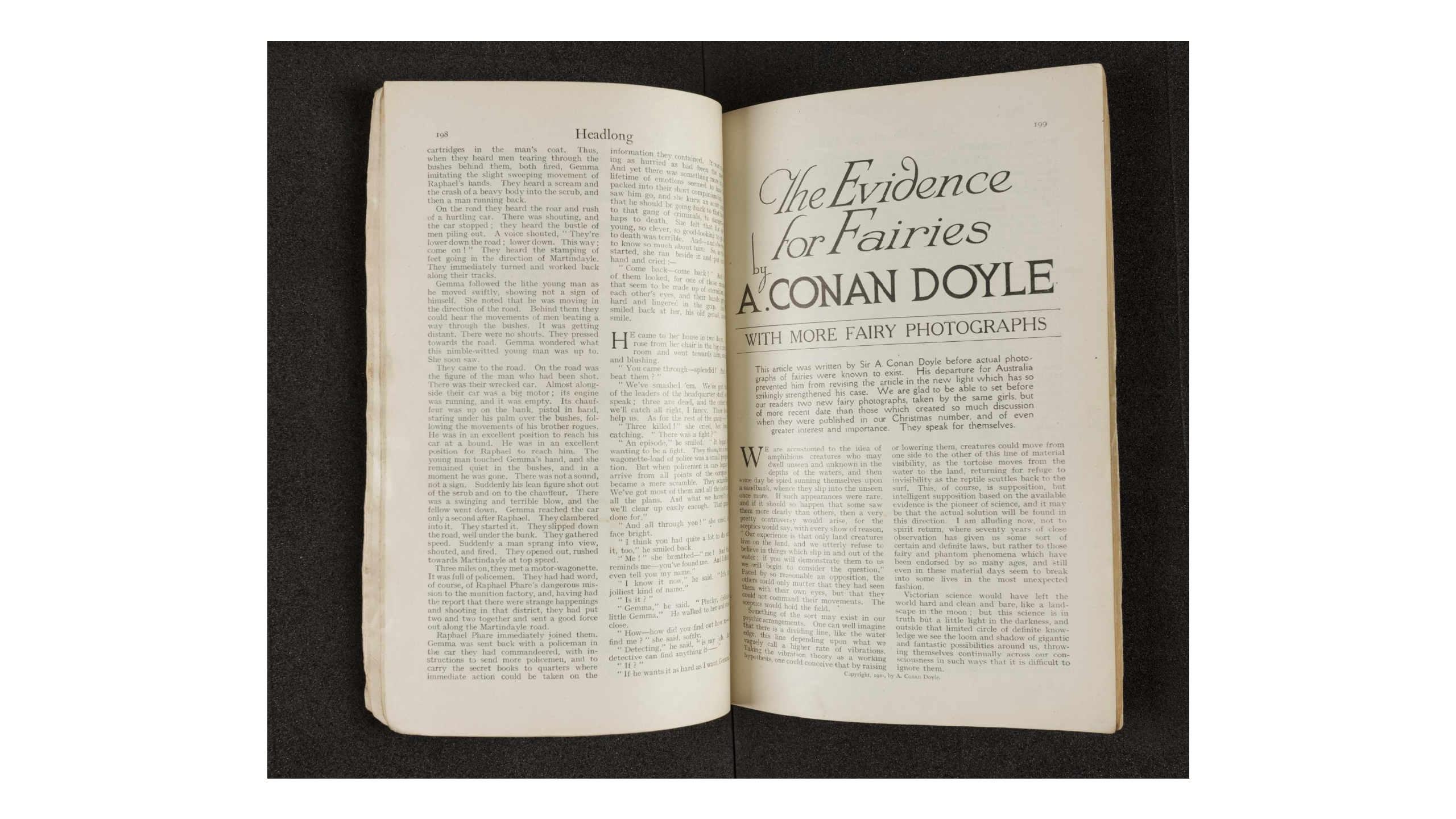
Today, the case is best known as an early photographic hoax, but when the photographs were first published, opinions were not so clear-cut. From mystics to local children, people around the world wrote to Gardner and Doyle with thoughts about the case, fairies and technology. Today some of these letters sit in the special collection at the Brotherton Library, and they reveal a complicated public opinion. In the letters, the concepts of fairies and science are not as separate as we keep them today.
Scientific Fairies
A lot of the letters were from people wanting evidence that the fairies were real. They suggested scientific methods like “entomology”, “kenetamongraphy”, “skilled photographers”, and “stereoscopic photographs” to better examine the case. A “committee of expert photographers and scientific men” took over from Elsie and Frances and their Victorian version of fairies.
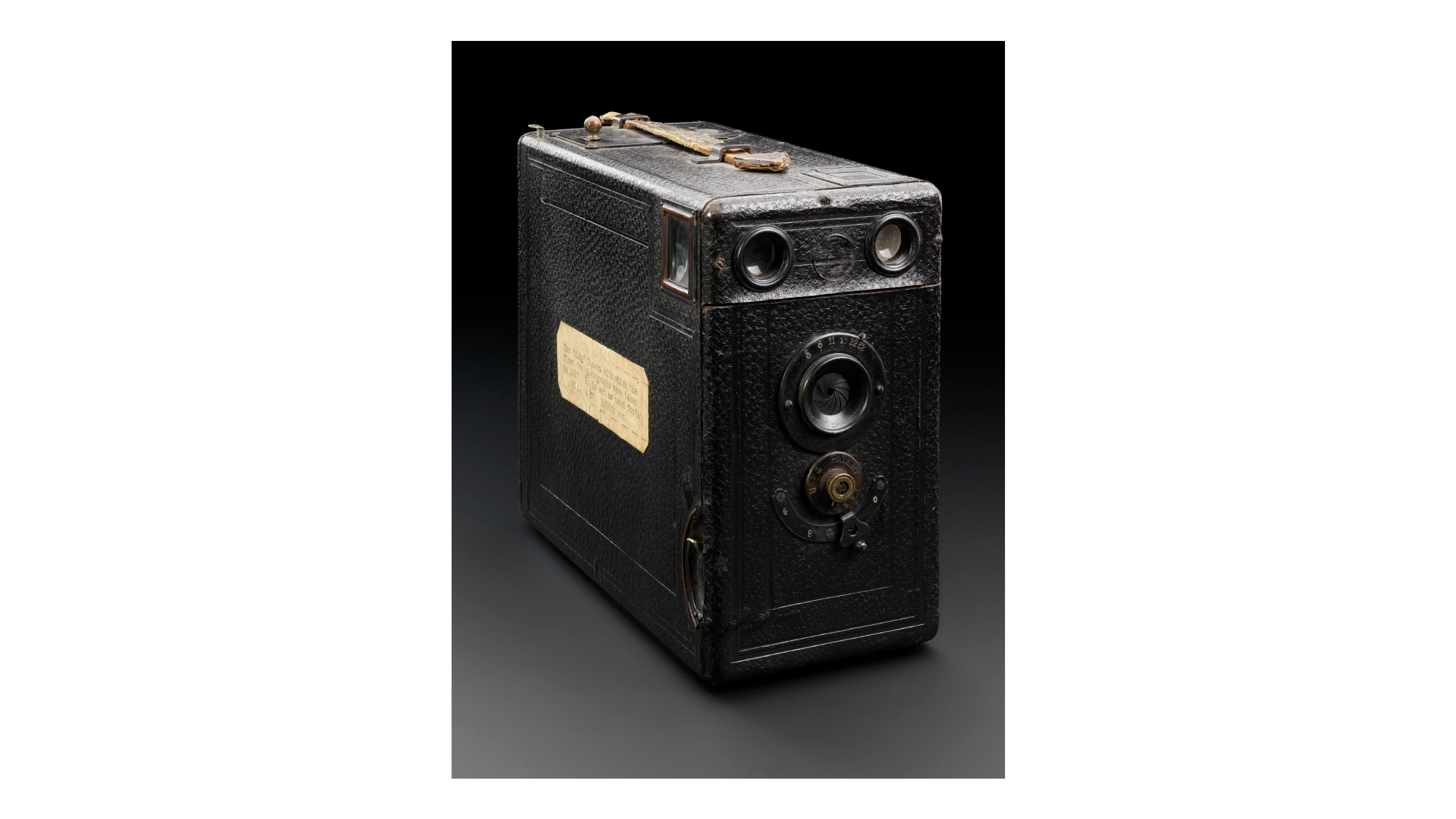
Gardner wrote that fairies had the “intelligence of a Newfoundland dog”, so wouldn’t understand the technology used to reveal them. The hope was that advancing camera technologies would help prove the existence of fairies and that it had not been possible before because the technology did not exist.
In Doyle’s book, ‘The Coming of the Fairies’, he and Gardner describe fairies as scientific entities. Gardner discusses how they become visible from vibrations and get their colour from whatever plant or tree they inhabit. He explains that “their duties are concerned with the colour, growth, and shape of flowers.” One newspaper even called fairies “a small, luminous ball of gas”. The fairies at Cottingley therefore become something more scientific than the pictures might have us believe.
Enchanting Technology
Some enchantment of fairies remained, but it was still scientifically altered. When showing slides of the photographs to audiences, Gardner used doctored copies to make the fairies stand out. He asked Elsie Blorfield to manually colour copies of the negatives. Blorfield said:
“I could not make the fairies quite as bright as I should have liked, because in painting over a photograph one has to apply the colour over a surface already toned in grey or brown.”
She does admit, “I’m afraid no colours of ours could give a real idea of the shining fairy colours.”
As technology was at the heart of this case, the fairies it presented are highly scientific. They appear from vibrations and help woodland ecosystems. People were so focused on scientifically proving the photographs were real or fake that they didn’t realise there was a third option: that the photographs were faked without the use of technology at all.
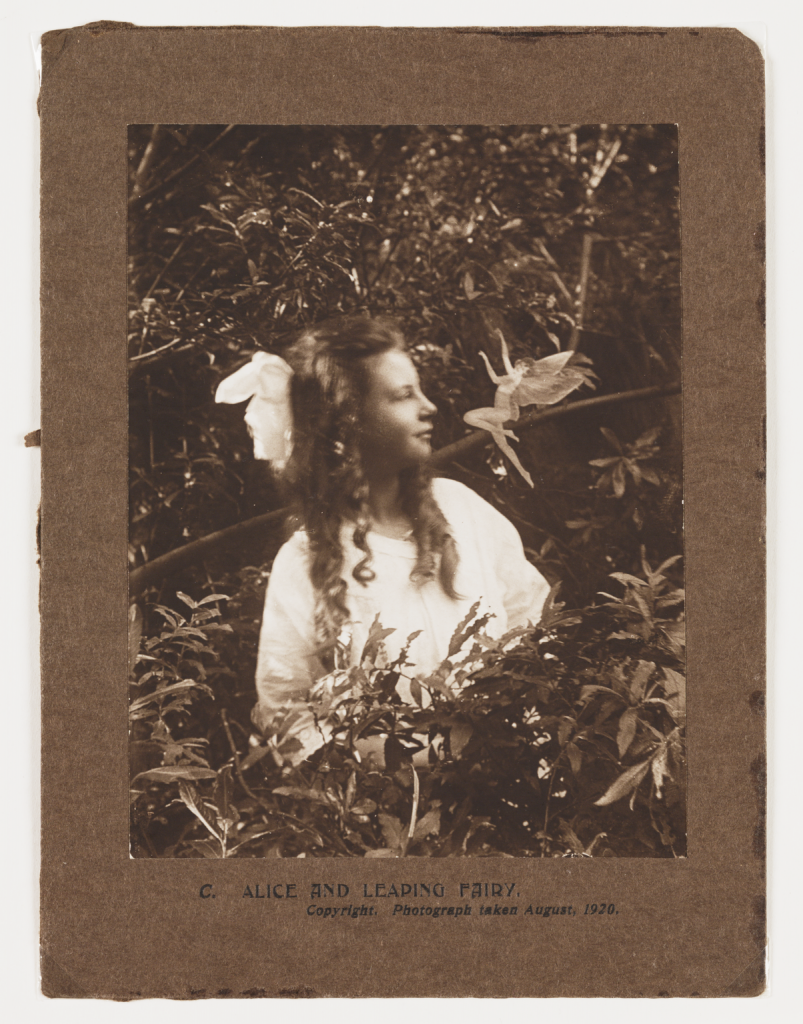
Trusting Technology
In 1983, after decades of harassment and increasing upset, Elsie revealed that the photographs were fake. She admitted that the fairies were drawings that she and Frances had stuck to the ground using hatpins—a simple trick that had dumbfounded scientists and spiritualists for over 60 years.
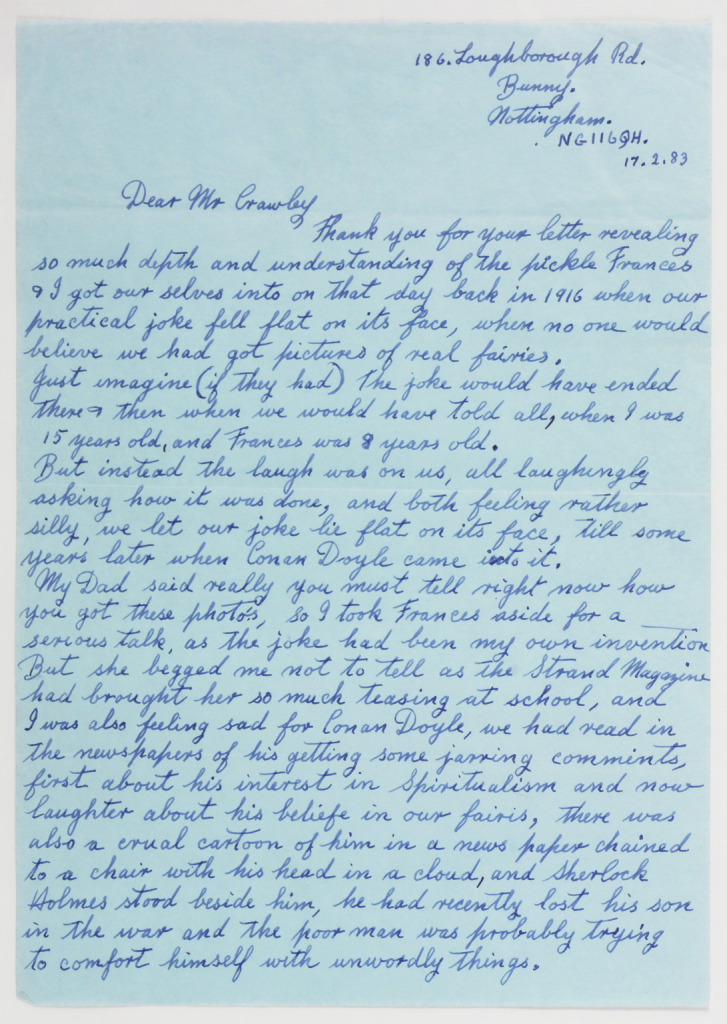
It is unsurprising that the case forced the public to think about their trust in technology. While plenty wrote in support of the fairies, there were many who saw it as a hoax from the get-go. One 16-year-old even wrote to Gardner suggesting the cardboard cutout theory in 1920. Journalists criticised Doyle, calling him “hopelessly crazy” and saying that fairies are for children.
A lot of criticism focused on how easily photographs could be altered and how technology can trick people—not unlike pesky fairies in folk tales. The result was a blend of the familiar fairy with new inventions. It is a reminder that our modern idea of the supernatural and science being entirely separate was not always so dominant.
Well done meg, fab article about the cottingley fairies, me and my little girl went to visit the beck last week, sure we saw two fairys